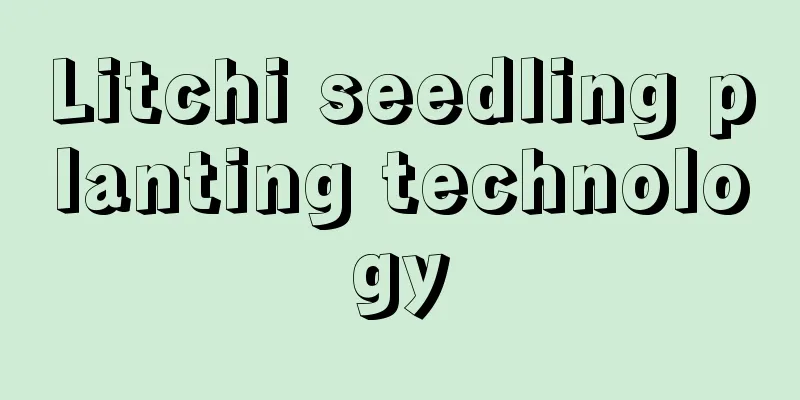The difference between Andrographis paniculata and Panax notoginseng

1. Basic characteristics1. Andrographis paniculata. It is an annual plant with more branches on the lower branches and fewer leaves on the inflorescence axis. Its flower bracts are very small, the corolla is also very small, the color is white, and the lower lip has purple markings. It is mainly planted and cultivated in Fujian Province, Guangdong Province, Hainan Province, Guangxi Province and Yunnan Province in my country. 2. Panax notoginseng. Its trunk is conical or cylindrical, gray-brown or gray-yellow in color, with stem scars on the top and tumor-like protrusions around it. Panax notoginseng is mainly planted and cultivated in Yunnan Province of my country. 2. Growth Environment1. Andrographis paniculata. It likes a climate with high temperature and high humidity, plenty of sunlight and plenty of fertilizer. Its favorite temperature for seed germination and seedling growth is 25-30 degrees Celsius. If the temperature drops to 15-20 degrees Celsius, its growth rate will slow down. If the temperature drops to around 8 degrees Celsius, it will stop growing. If the temperature reaches around 0 degrees Celsius or there is frost or freezing weather, the whole plant will wither and die. Andrographis paniculata grows best in fertile, loose and well-drained neutral or acidic soil. 2. Panax notoginseng. It likes a warm climate and cannot withstand severe cold or heat. It likes humidity but cannot tolerate waterlogging. The temperature for growth in summer cannot exceed 38 degrees Celsius. It can grow at temperatures above minus 10 degrees Celsius in winter, but it grows best between 18 and 25 degrees Celsius. Panax notoginseng prefers sandy soil or oily sand soil, and can also grow in yellow mud and brown soil, but it cannot grow normally in low-lying areas. 3. Efficacy and effects1. Andrographis paniculata. It has the effects of reducing fever, clearing toxins, and relieving inflammation and pain. It can treat tonsillitis, pneumonia, enteritis, colds and other diseases. It can also be used externally to treat swelling, pain and traumatic infection. 2. Panax notoginseng. It is a very precious medicinal material in my country. It has the effect of dredging meridians and eliminating swelling and pain since ancient times. It contains more effective active substances than ginseng, so it is also known as the "king of ginseng". |
<<: Differences between dahlias and dahlias
>>: Cultivation methods and precautions of Daruma Fu Niang
Recommend
What is the white paint on the tree?
1. What is The white paint on the trees is usuall...
Cultivation methods and precautions of multi-leaf aloe
1. Soil It is drought-resistant, so before mainte...
How to care for Jinping Pinus truncatula in winter
Is the vine afraid of freezing? The suitable temp...
Can the tower pine be planted at the doorstep?
Can the tower pine be planted at the doorstep? Th...
The efficacy of leek seeds and how to eat leek seeds
1. Efficacy 1. Lubricates the intestines and prom...
Things to note when planting herbs on the balcony
Balcony farming environment The cultivation envir...
How to grow daffodils hydroponically? Is hydroponics better or planting them?
1. Cultivation method of daffodil hydroponics 1. ...
Can salt water be used to water flowers? The correct way to water flowers
Can salt water be used to water flowers? Salt wat...
How to control the growth of Dracaena potted plants (how to grow Dracaena to have many heads)
The dragon blood tree has a peculiar shape, and t...
Edible value of roses
Nutritional value of roses Rose has a rich and sw...
What is the symbolic meaning of the iron tree?
1. Longevity The lifespan of the iron tree is ver...
What is the legend of the flower language of jiexiang?
1. Flower language of the incense The flower lang...
How often should I water cosmos?
How often should I water Cosmos? During the seedl...
How to distinguish between peach blossoms and cherry blossoms
Different appearance features Peach blossom belon...
Can the flower of good luck be placed in the bedroom?
The flower of smooth sailing is not poisonous The...









